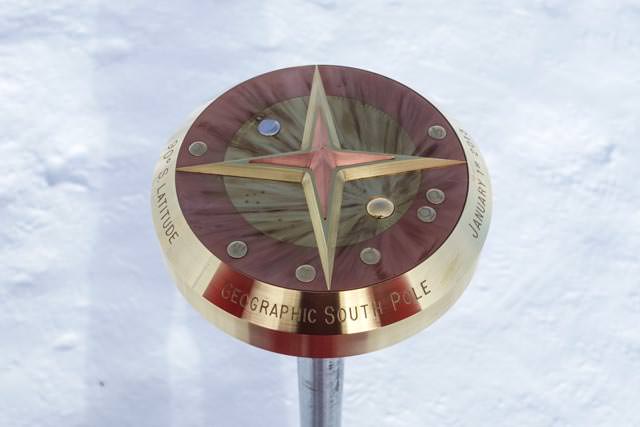The short answer? No. Not in the way that a popular animated gif insinuates, at least.
If you’re even a casual space fan you may have seen a viral gif animation showing our solar system traveling through space, the motions of the planets tracing corkscrew “vortex” paths around a line-driving Sun. While it’s definitely intriguing to watch (in that mesmerizingly-repetitive gif fashion) and rendered with a talented flair for design, there are two fundamental problems with it. One: it’s not entirely correct, scientifically, and two: its creator’s intention is to illustrate a decidedly un-scientific point of view about the Solar System and the Universe as a whole.
For the long answer, I now offer up the stage to astrophysicist Rhys Taylor, who recently posted an in-depth article describing why the planets do yet move… just not like that.
Reposted with permission from Rhys Taylor’s blog, Physicists (Formerly) of the Caribbean:
There’s this annoying space GIF roaming the internet causing trouble. Perhaps you’ve seen it. No ? Well, here it is.

What it purports to show is the motion of the Solar System through space. But the accuracy of this has been utterly derided as an affront to scientific dignity. Which is a shame, because the video version is really quite nicely done, with good camera movement and a catchy soundtrack. The principle antagonist is notorious “Bad Astronomer” Phil Plait, who wrote a convincing and virulent attack on the video. I decided to investigate for myself.
Like many people, I was at first glance really quite impressed with the video, and didn’t have any major objections to it. Obviously the orbits and size of the planets are not to scale (and I think their orbital speeds have be altered too), but that’s just to make them visible. Fair enough. But then I read Phil Plait’s analysis, and it seems that things are much, much worse than that. Says Plait :
“Sadhu shows the Sun leading the planets, ahead of them as it goes around the galaxy… This is not just misleading, it’s completely wrong.”
He clarifies :
“Sometimes the planets really are ahead of the Sun as we orbit in the Milky Way, and sometimes trail behind it (depending on where they are in their orbit around the Sun).” [my italics]
The orbits of the major planets of the solar system all lie in a narrow plane (like being in economy class! hahaha… sorry), which is tilted at about 60 degrees to the disc of stars that forms the Milky Way. Like this:
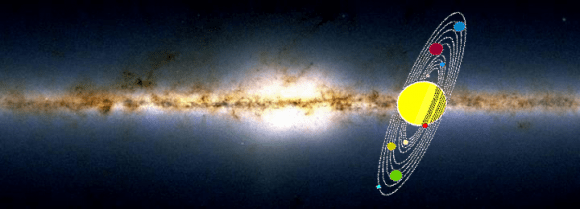
We’ll return to the tilt in a moment. But first, if the Sun was really leading the planets, then the thing is completely ludicrous (and this is quite a major part of Plait’s argument). Yet I’m not so sure the viral gif does show the Sun leading the planets. Having read through the author’s website, I can’t find any evidence that he suggests this. In fact, some of other videos on his website clearly show that this isn’t the case:
It seems to me that the appearance of the Sun leading the planets in the gif is just the result of a projection effect – i.e. that things can look different from different angles. On the other hand, Plait read the source material for Sadhu’s model, so maybe there’s something in there that’s more explicit. I’ve glanced at it, but couldn’t find anything stating this precisely. Actually I couldn’t find a whole lot that was even vaguely coherent, but we’ll return to this later. For now, just keep in mind that Sadhu is using an alternative model, even though that may not always be evident.
What the gif definitely does not show is the fact that the orbits of the planets are tilted at about 60 degrees to the direction of the Sun’s motion. Says Plait :
“In the helical model, he shows the planets as orbiting around the Sun perpendicular to the motion of the Sun around the galaxy; “face-on”, if you like.This is wrong. Because the orbits of the planets are tipped by 60°, not 90°, they can sometimes be ahead and sometimes behind the Sun. That right there, and all by itself, shows this helical depiction is incorrect.”
There can be no mistaking that Sadhu’s video shows the orbits with the wrong tilt. But is that so critical? Well actually no, not really. Fact is that if you include the tilt, you still see the planets making a “spiral” pattern (technically it’s a helix) as they move through space. The overall appearance just isn’t that massively different compared to a 90-degree tilt.
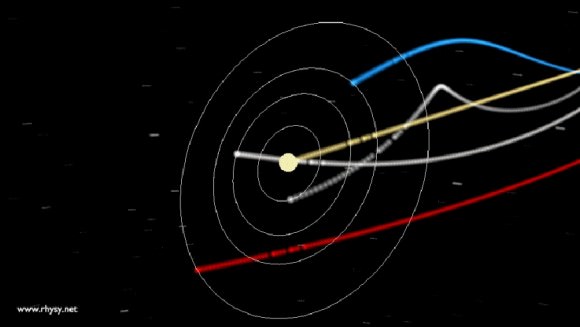
So what’s the big deal? What does the author claim in this internet sensation that’s so outrageous? Well, not much. That particular video/gif are actually fairly inoffensive, to my mind. The most basic notion that the planets trace helical paths through space is perfectly correct. What honestly surprises me is that this is so incredibly popular on the internet. If you weren’t aware that the Sun orbits the center of the galaxy — which, since the planets orbit it, necessitates that they trace out helical paths — then the education system has seriously failed. But do not despair! This can be remedied very, very easily.
But we’re not done yet. There’s a sting in the tail, and it’s a big one. The gif doesn’t show it, but the video version ends with the worrying remarks that:
“Rotational motion and vortex motion are completely different things.”*
“Life spirals.” [Picture of leaves]
“Life is vortex, not just rotation.” [Picture of developing ferns, then a flower, the Milky Way, the DNA double helix, etc.]
“The Solar System is part of life. Think about this while racing through space.”
*Yes, they are. Plait notes: “They’re different in more than just name; they’re actually very different physical motions with different properties—you can get helical motion without the particles in it interacting, like in the solar system, but in a vortex the particles interact through drag and friction.” Basically, claiming that the Solar System is a vortex is simply wrong. Sadhu appears not to have checked the word “vortex” in a dictionary.
I could forgive even these rather hippyish sentiments, if they were no more than that. Alas, they’re symptomatic of a much larger problem. Plait’s merciless attack is full of sound and fury, but it’s also signifying something. Reading more of the author’s website, it turns out he is actively promoting quackery. It’s on a par with the excellent Space Mirror Mystery* (the idea that everything further away than about 150 million km is just a reflection in a giant mirror), but less funny.
*I was delighted to find that this website is back online. Seriously, read it. It’s epic.
From Sadhu’s website:
“In this diagram it seems the Solar System travel to the left. When the Earth is also traveling[sic] to the left (for half a year) it must go faster than the Sun. Then in the second half of the year, it travels in a ‘relative opposite direction’ so it must go slower than the Sun. Then, after completing one orbit, it must increase speed to overtake the Sun in half a year. And this would go for all the planets. Just like any point you draw on a frisbee will not have a constant speed, neither will any planet.”
Apparently he thinks this is a problem. Worryingly, it suggests that he didn’t show the 60-degree orbital tilt not for mere simplicity, but because he doesn’t believe it’s possible. Which — if true — is utter madness, pure and simple. There’s absolutely no reason the planetary speeds have to be constant as they move around the galaxy — the massive gravitational pull of the Sun is keeping them firmly in its orbit, regardless of how those orbits are inclined.
“Secondly, most planets are visible throughout the entire year. In a ‘flat’ model, every single planet would hide behind the Sun at least once a year. They don’t. Now the heliocentric model isn’t entirely flat, but mostly.”
Fine. The heliocentric model isn’t flat, which perfectly explains why planets aren’t eclipsed by the Sun once per year. What need to state this ? Is he really saying that this is a problem in a heliocentric model…? SERIOUSLY?
“Fact of the matter is that if the helical model is correct and our Solar System is a traveling[sic] vortex, it will change how we feel about our journey. For me personally the heliocentric model feels like a useless marry[sic]-go-round: after one year we are back to square one. The helical model feels much more like progress, growth, a journey through space in which we never ever come back to our starting point. We are NOT in a big marry[sic]-go-round. We are on a journey.”
Planets trace a helical path in space because our Solar System is orbiting the center of the galaxy. Big bloody deal. It’s that simple. You don’t need a wacky alternative model of the Solar System for this – it’s happening anyway! As for going on a journey though – well no, not really. Every other star is also orbiting the center of the galaxy, so no, we’re not actually getting anywhere relative to other star systems.
Then there are some pointless ravings about the Mayan calendar.
He also links the following video. Skip to about 2 minutes in:
This has the bizarre quote that :
“The planets do not come back on to their [own] path[s]. They don’t. If they did, we most likely would have the same set of information over and over and over… like a broken record. And we’d probably get bored. It would be like Groundhog Year.”
Then he links a video claiming that the Fibonacci sequence is the fingerprint of God.
None of which changes the fact that his first video/gif has only minor inaccuracies, but at this point I can’t help feeling that this was more by luck than judgement.
Then there’s his second video. This one is more objectively just plain wrong. He shows the Sun tracing out a corkscrew pattern as it orbits the galaxy, which makes no sense. The Sun simply goes around the center of the galaxy (and up and down a little bit) — nothing else. It’s not orbiting anything else at the same time. For it to trace a helix is just nonsense. He seems to have an almost unique case of helix madness.
What of the source material — the alternative model Sadhu uses? Garbage. Utter garbage. I find it difficult to read more than a sentence or two, because it’s verging on incomprehensible. As in almost at the level of TimeCube.
“Three types of time may be recognized:
– An absolute time that is universal and has neither a known starting point nor an end point; not even limited to a measurable parameter.
– For living organisms there is a time for birth and a moment for death. The interval is the life span. This time may be measured with parameters like seconds, minutes, days and so on. Mechanical devices may measure fractions and to some extant reliable. In every case some kind of energy source or gear system is involved.
-–When one is engaged with some work involvement in another activity may be impossible or result to be unnatural. In such cases personal values decide what course to take up and say “no time” to the other work, however important that may be. This time is highly subjective.”
Later:
“The constellations at the background are sufficient evidence to deny the heliocentric orbits for planets. The Sun at 500 light seconds distance, when visible within a cone of 30° maintaining a background of one constellation, say for example Aries, (Hamel at 68ly) the SOLSTICES and EQUINOXES through Zodiac Earth maintains in the opposite constellation at midnight, namely Libra. After six months to maintain heliocentric orbit, the mid day of today should become midnight and the midnight should become midday. This has not taken place!“
Well of course it hasn’t — it’s complete gibberish ! Plait may well be right that somewhere in this mess is a model wherein the Sun leads the planets, but I don’t have the time or sheer mental fortitude to read the whole thing. I will note, though, that there’s a paragraph where the author rubbishes the conventional explanation for the ozone hole — and God help us all if that goes viral. That, not petty disputes about whether the orbits of planets are tilted by 60 or 90 degrees, is why such quackery deserves to be shot down without mercy.
“My feeling is that if your take-home message was only that the Solar System moves through space, and the planets trace out pretty spirally paths, then all is well and no harm done. But if it’s leading you to question the heliocentric model, then we’re all buggered.”
–Rhys Taylor, astrophysicist
In conclusion then, the first video and gif of the Solar System as a “vortex” are not really all that bad. Unfortunately, the inaccuracies are not due to some minor over-simplifications, but are symptoms of a some very deep-seated misunderstandings. My feeling is that if your take-home message was only that the Solar System moves through space, and the planets trace out pretty spirally paths, then all is well and no harm done. But if it’s leading you to question the heliocentric model, then we’re all buggered.
___________________
Thanks to Rhys Taylor for the guest post of his entertaining and informative article — at the very least, you got to watch “The Galaxy Song” again! Read more from Rhys (and check out some really nice infographics too) on his blog here.

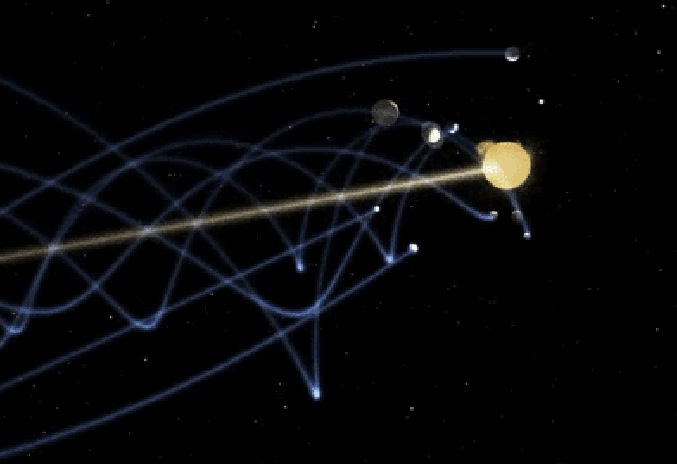
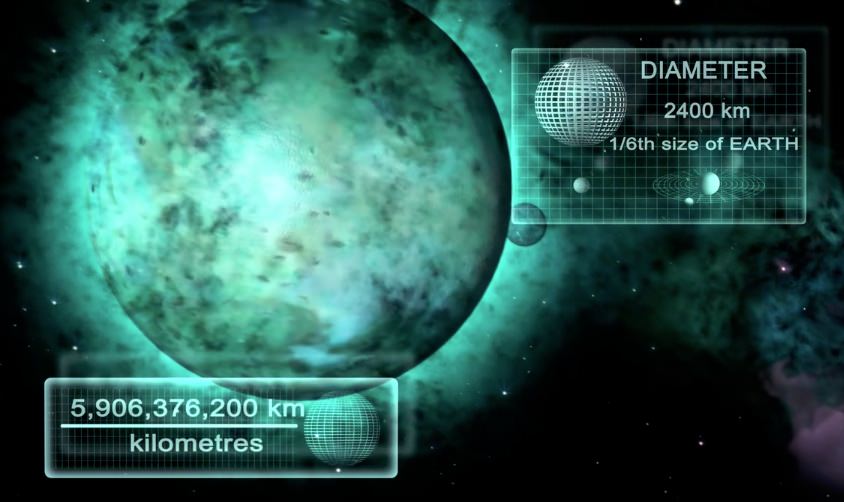
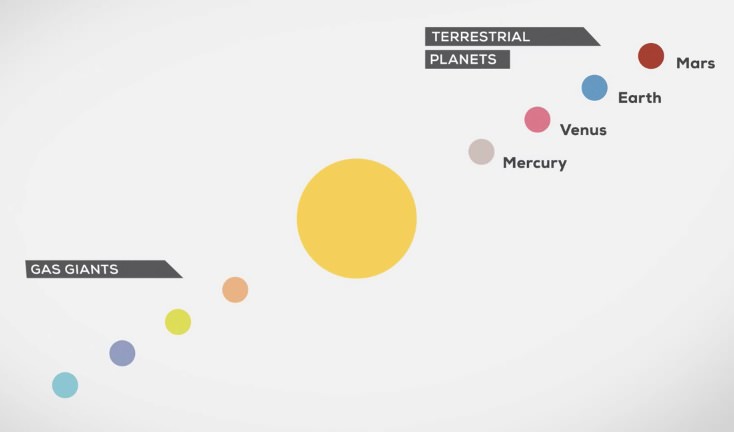
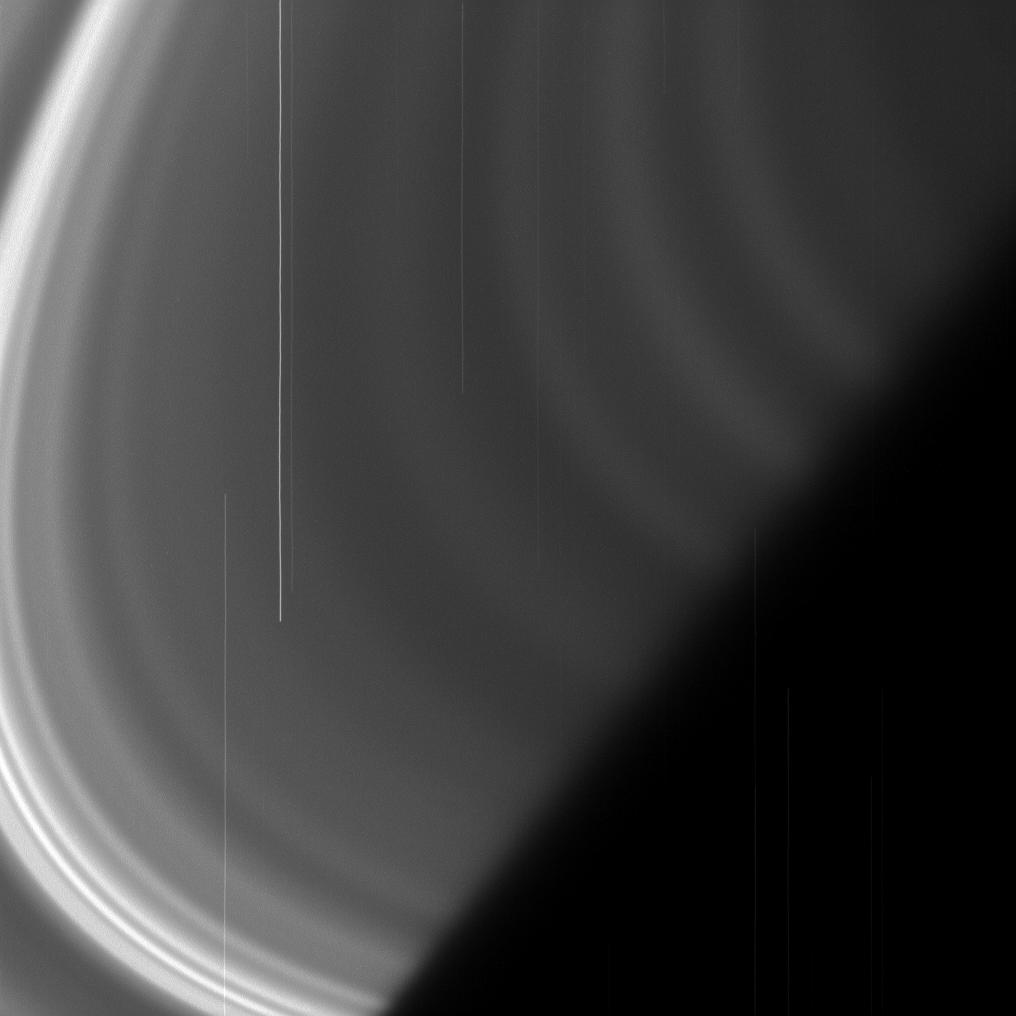
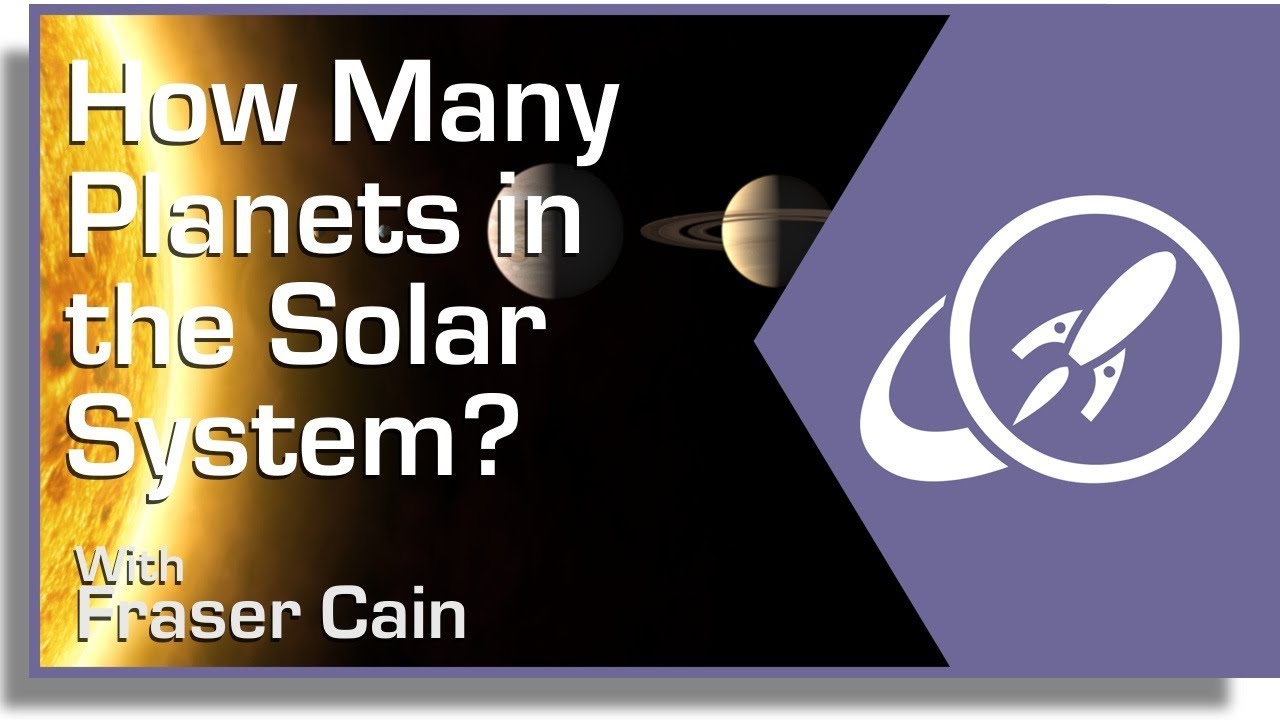
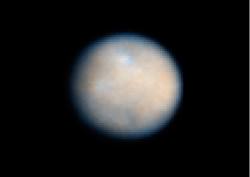
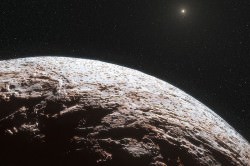
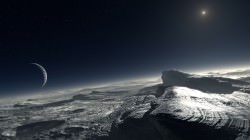
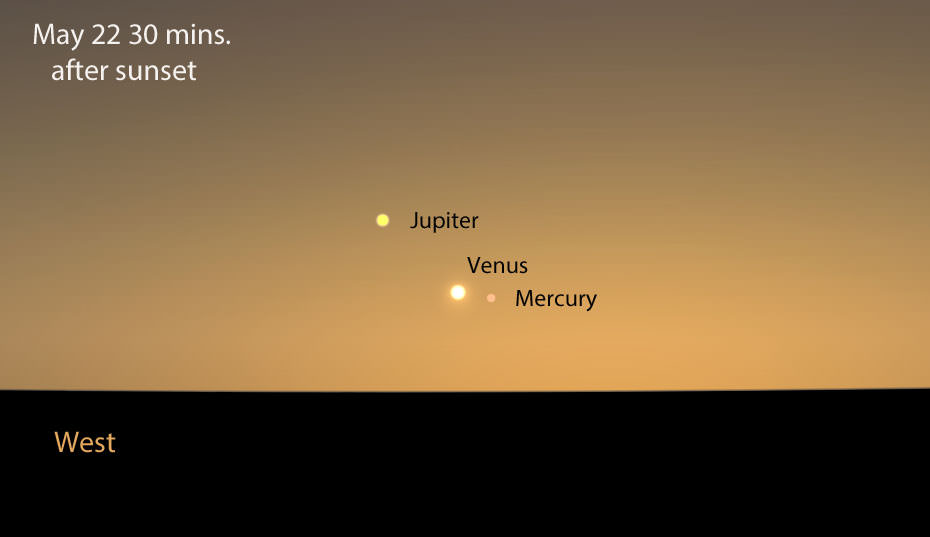

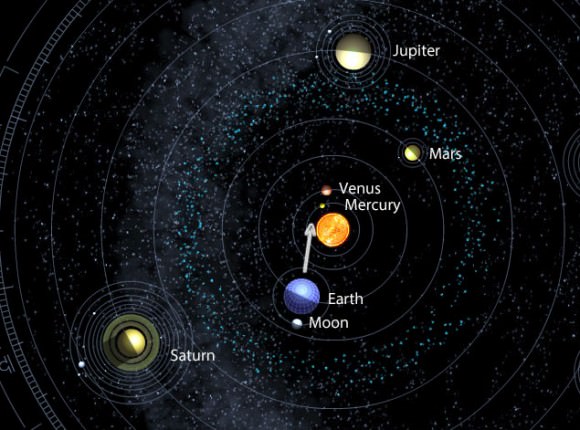
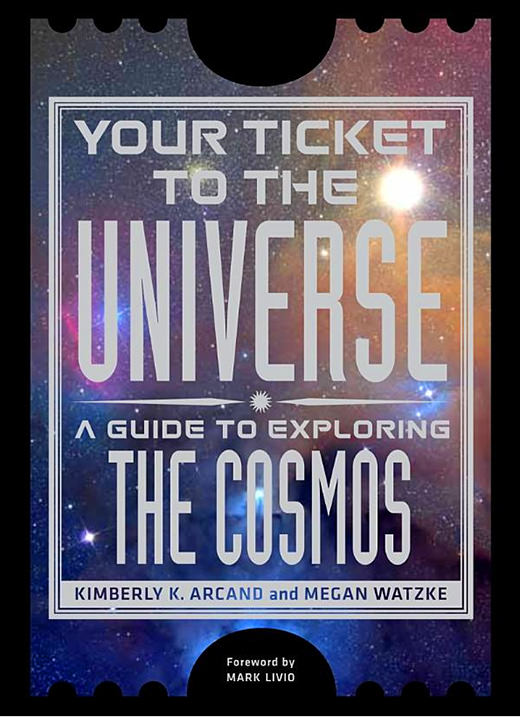
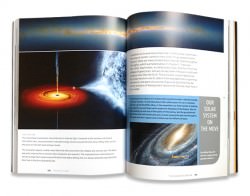

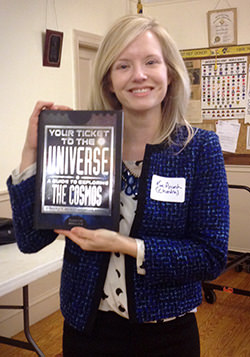
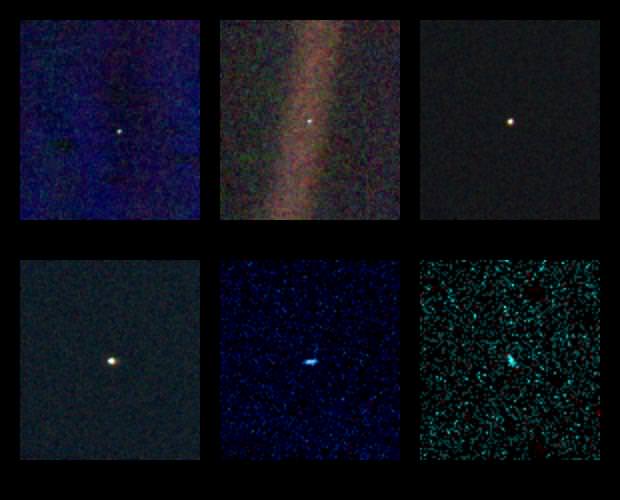

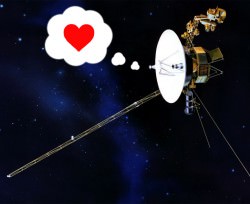 It was the unique perspective above provided by Voyager 1 that inspired Carl Sagan to first coin the phrase
It was the unique perspective above provided by Voyager 1 that inspired Carl Sagan to first coin the phrase 